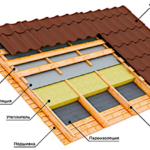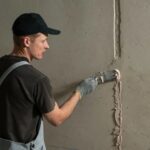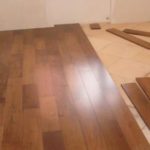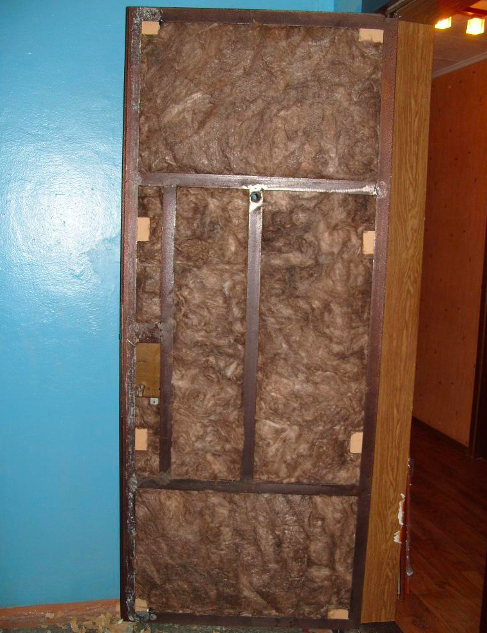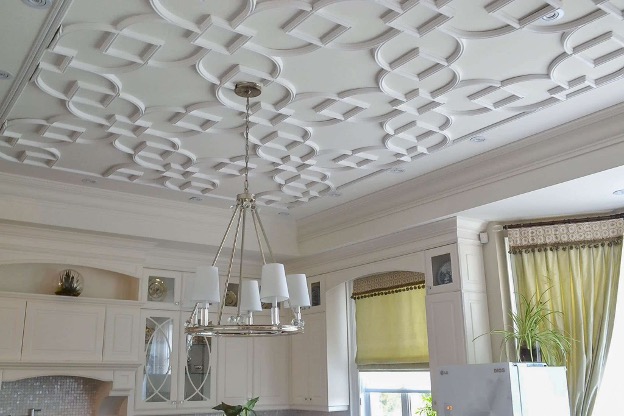Insulating walls with polystyrene foam sheathing from the inside: how to insulate
Insulating walls from the inside with polystyrene foam is a common technology that has gained popularity due to the effectiveness of the material and its affordability. This type of insulation has quite a lot of advantages, but it also has its disadvantages. The features of the material and installation stages are described in the presented material.
The content of the article
Pros and cons of expanded polystyrene
Expanded polystyrene, as the name suggests, is a polystyrene-based material that has gone through the foaming stage. Due to this, many small air cavities are formed in it, which poorly transmit heat, thereby effectively protecting the room from the cold.
Polystyrene insulation provides quite a few advantages:
- waterproof material;
- has low weight;
- easy to process and install;
- resistant to negative and high temperatures (range from -50 to +70 degrees);
- resistant to deformation;
- affordable price.
But the most important advantage is the low thermal conductivity of even a very small layer. Suffice it to say that 10 cm of this insulation corresponds to 120 cm of brick or 40 cm of wood, which is clearly shown in the diagram.
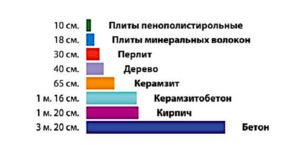
But we should not forget that insulation with expanded polystyrene from the inside also has its disadvantages:
- the material can be damaged by rodents;
- it is flammable, although modern products are coated with a special solution that significantly increases fire resistance;
- lack of bending strength - this drawback is hardly noticeable because the insulation layer is covered with a finishing finish that protects it from mechanical stress;
- the material deteriorates from exposure to varnishes and paints, so they must be especially carefully removed from the old wall that is planned to be insulated.
Preparing for insulation
Insulating a house with polystyrene is carried out in several stages. First you need to prepare the tools:
- knife and scissors with sharp blades;
- spatulas - with rubber and metal surface;
- painting tools – brush, roller;
- a hacksaw (the teeth should be small) or a string;
- tape measure and ruler;
- level;
- construction mixer;
- plumb line;
- bucket with measuring divisions.
At the preparatory stage the following work is carried out:
- The surface is thoroughly cleaned and the previous coating is removed. The same is done in the case when it is planned to insulate brick walls from the outside with polystyrene foam. Remains of paint and varnish compositions are removed especially carefully so that they do not damage the insulation.
- If there are large gaps, they are eliminated using polyurethane foam. After drying, cut off the excess and level the surface.
- If the wall is brick, plaster is applied, but if it is concrete, this step can be skipped. But in any case, you need to apply an acrylic primer and wait until it dries within 24 hours.
- Next, apply putty and use it to remove even small irregularities. Then they are primed again, preferably with an antifungal component.
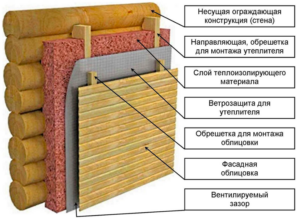
Wall insulation
Now it’s time to figure out how to insulate a house with polystyrene. The step-by-step instructions are as follows:
- Measurements are taken in advance and the insulation is cut using a hacksaw (the teeth should be small) or a well-heated string.
- Prepare a solution of a special adhesive mixture. It is diluted with water before installation, because the liquid hardens quickly.
- Apply the composition to the wall using a roller or brush.
- Sheathing the house with polystyrene starts from the bottom, after which it moves to the top. The slabs are laid end-to-end, close to each other. The next row is laid so that their joint is in the middle of the lower fragment, like brickwork.
- When gluing is completed, you need to wait 1-2 days for the composition to dry completely. Additionally, the insulation can be fixed using plastic dowels according to this scheme.
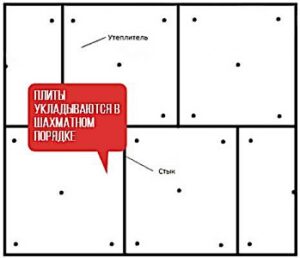
- At the final stages, a reinforcing layer is laid, which is glued to the tiles with the same composition. Install hydro- and vapor barrier.
- The wall is plastered, painted or wallpapered. After finishing, the room may look like this.
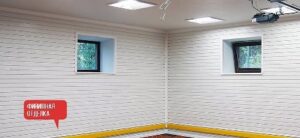
Wall insulation using polystyrene can be called a universal technology that is suitable for interior and exterior work, regardless of the climatic characteristics of the region. This material will last a long time, and if the installation is done correctly, then even a layer of 20 cm will be enough to protect the room from severe frosts.

